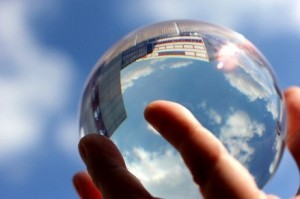 Each year we look ahead and take our best (educated) guesses on what the federal market can expect from events in the coming year. With so many unknowns around the incoming administration, 2017 may be a difficult year for predictions. While the administration does not affect events directly, it does affect those who attend them.
Each year we look ahead and take our best (educated) guesses on what the federal market can expect from events in the coming year. With so many unknowns around the incoming administration, 2017 may be a difficult year for predictions. While the administration does not affect events directly, it does affect those who attend them.
We've dusted off our crystal ball once again. Here is our look at Government Events in 2017:[Tweet "Here is our look at Government Events in 2017. #GovEventsBlog"]



